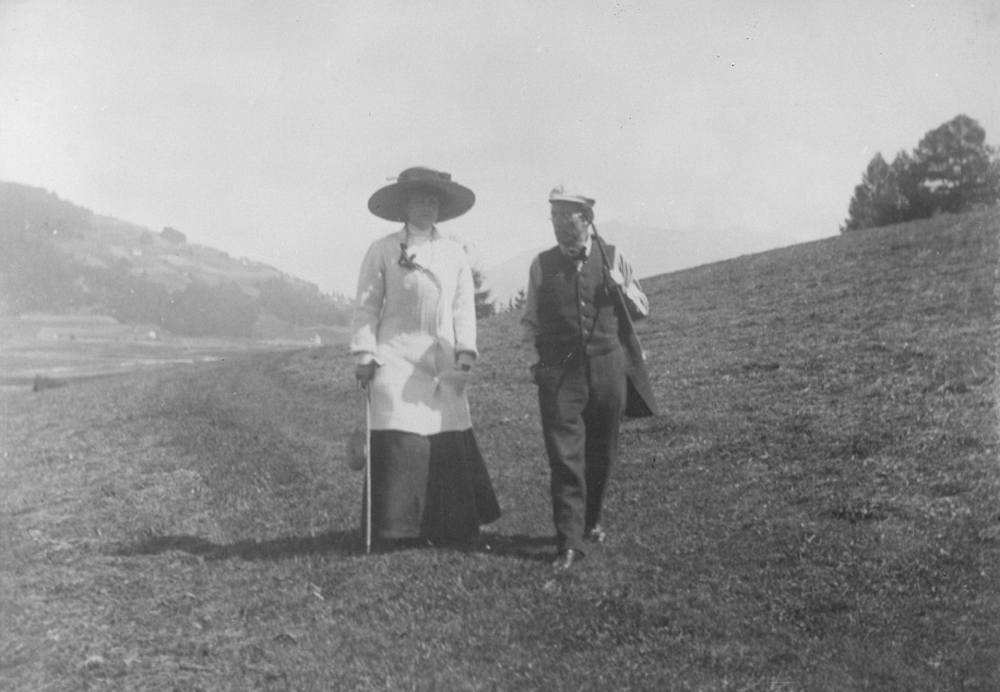Just when you think your greatest achievements are Roman Perez Jr. Archivesbehind you, the best (or worst) may still be ahead. At least that's the case with Super Typhoon Lan, which hit Tokyo over the weekend as a Category 2 storm, and then lost its tropical characteristics while moving out into the North Pacific Ocean.
Yet by Tuesday, the storm had been absorbed into a rapidly developing, non-tropical low pressure system, in an atmospheric corporate merger with maximum synergy. The broader storm then exploded in intensity, feeding off differences in air masses and upper level energy. By Tuesday, the storm enveloped much of the Bering Sea between Russia and Alaska.
SEE ALSO: Footage shows ferocious winds, heavy floods caused by Typhoon LanThe Ocean Prediction Center, which is part of the National Weather Service, reported that the storm is producing 60-foot-plus seas and winds gusting above 75 miles per hour, which is considered hurricane force.
While powerful storms off the Alaskan coast are typical for the fall and winter, this ex-typhoon version of Lan, let's call it Lan 2.0, is remarkably strong even in that context. Computer model and observational data peg the minimum central air pressure near the storm's center at between 936 to 938 millibars, or about 27.64 inches of mercury.
This Tweet is currently unavailable. It might be loading or has been removed.
This Tweet is currently unavailable. It might be loading or has been removed.
In general, the lower the air pressure, the stronger the storm. For comparison, Hurricane Sandy, which made landfall as a "post-tropical storm" in New Jersey on Oct. 25, 2012, had a minimum central pressure of about 948 millibars at landfall, which was a record low for that area.
One of the most fascinating aspects of Typhoon Lan, and its ex-typhoon phase, is that as the storm recurved out to sea, it delivered a jolt of energy to the North Pacific jet stream. This narrow corridor of fast-moving air generally flows from west to east across the Northern Hemisphere, and it serves as a storm superhighway, helping to generate and steer storm systems and separate air masses.
 Original image has been replaced. Credit: Mashable
Original image has been replaced. Credit: Mashable Recurving typhoons in the North Pacific, such as the typhoon formerly known as Lan, tend to be instigators of major changes in weather patterns across the Pacific, North America, and even Europe.
The added energy that this storm provided to the jet stream is altering the jet stream's shape, and will help a trough, or dip, in the jet to develop across much of the eastern U.S. in late October into early November. This should bring the coldest air of the season so far, including chances for the first snow to the Midwest and possibly parts of the Appalachians.
What had been a rather tame, flat west-to-east airflow across the Pacific is already becoming more wavy, which yields more storms and sharp changes in air masses downstream.
(Editor: {typename type="name"/})
 Best keyboard deals: Save on Asus gaming keyboards at Amazon
Best keyboard deals: Save on Asus gaming keyboards at Amazon
 Staff Picks: Dolls, Dakar, and Doomsday Preppers by The Paris Review
Staff Picks: Dolls, Dakar, and Doomsday Preppers by The Paris Review
 Pendulum by Jill Talbot
Pendulum by Jill Talbot
 Staff Picks: Gossip, Ghosts, and Growth by The Paris Review
Staff Picks: Gossip, Ghosts, and Growth by The Paris Review
 Best robot vacuum deal: Eufy Omni C20 robot vacuum and mop at record
Best robot vacuum deal: Eufy Omni C20 robot vacuum and mop at record
NYT Connections Sports Edition hints and answers for May 18: Tips to solve Connections #237
 Connections: Sports Editionis a new version of the popular New York Times word game that seeks to te
...[Details]
Connections: Sports Editionis a new version of the popular New York Times word game that seeks to te
...[Details]
Be Yourself Again by Amina Cain
 Be Yourself AgainBy Amina CainFebruary 18, 2020RevisitedRevisited is a series in which writers look
...[Details]
Be Yourself AgainBy Amina CainFebruary 18, 2020RevisitedRevisited is a series in which writers look
...[Details]
Staff Picks: Gossip, Ghosts, and Growth by The Paris Review
 Staff Picks: Gossip, Ghosts, and GrowthBy The Paris ReviewJanuary 31, 2020This Week’s ReadingAlma Ma
...[Details]
Staff Picks: Gossip, Ghosts, and GrowthBy The Paris ReviewJanuary 31, 2020This Week’s ReadingAlma Ma
...[Details]
 Less Is MoreBy Kyle ChaykaJanuary 23, 2020Arts & CultureWriting a book about minimalism opens yo
...[Details]
Less Is MoreBy Kyle ChaykaJanuary 23, 2020Arts & CultureWriting a book about minimalism opens yo
...[Details]
Best Hydro Flask deal: Save $10 on a 24
 SAVE $9.99: As of May 21, get the Hydro Flask 24-ounce Travel Bottle for $29.96 at Amazon, down from
...[Details]
SAVE $9.99: As of May 21, get the Hydro Flask 24-ounce Travel Bottle for $29.96 at Amazon, down from
...[Details]
Jonathan Escoffery Wins Plimpton Prize; Leigh Newman Wins Terry Southern Prize by The Paris Review
 Jonathan Escoffery Wins Plimpton Prize; Leigh Newman Wins Terry Southern PrizeBy The Paris ReviewMar
...[Details]
Jonathan Escoffery Wins Plimpton Prize; Leigh Newman Wins Terry Southern PrizeBy The Paris ReviewMar
...[Details]
Sleeping with the Wizard by Sabrina Orah Mark
 Sleeping with the WizardBy Sabrina Orah MarkMarch 5, 2020HappilySabrina Orah Mark’s monthly column,
...[Details]
Sleeping with the WizardBy Sabrina Orah MarkMarch 5, 2020HappilySabrina Orah Mark’s monthly column,
...[Details]
Cooking with Cesare Pavese by Valerie Stivers
 Cooking with Cesare PaveseBy Valerie StiversMarch 6, 2020Eat Your WordsIn Valerie Stivers’s Eat Your
...[Details]
Cooking with Cesare PaveseBy Valerie StiversMarch 6, 2020Eat Your WordsIn Valerie Stivers’s Eat Your
...[Details]
The fat bears are already extremely fat
 The fat bears exemplify success.Many of the brown bears at Katmai National Park and Preserve have pu
...[Details]
The fat bears exemplify success.Many of the brown bears at Katmai National Park and Preserve have pu
...[Details]
Whiting Awards 2020: Genevieve Sly Crane, Fiction
 Genevieve Sly Crane, FictionBy Genevieve Sly CraneMarch 25, 2020Whiting Awards 2020Genevieve Sly Cra
...[Details]
Genevieve Sly Crane, FictionBy Genevieve Sly CraneMarch 25, 2020Whiting Awards 2020Genevieve Sly Cra
...[Details]
Your 'wrong person' texts may be linked to Myanmar warlord

America Infected: The Social (Distance) Catastrophe by J. Hoberman

接受PR>=1、BR>=1,流量相当,内容相关类链接。